- Importance of Protecting Seedlings
- Understanding the Vulnerability
- 1. Sensitivity to Temperature
- 2. Susceptibility to Pests
- 3. Fragile Root Systems
- 4. Limited Nutrient Reserves
- 5. Transplanting Stress
- Risks of Overexposure
- 1. Sunburn
- 2. Dehydration
- 3. Heat stress
- 4. Transplant shock
- 5. Seedling burnout
- Signs of Readiness for Planting
- 1. Strong Roots
- 2. Healthy Stems
- 3. True Leaves
- 4. Weather Conditions
- 5. Hardening Off
- 6. Transplant Shock
- Strong Root Development
- Established Stem Growth
- Adequate Leaf Growth
- Ability to Withstand Environmental Stressors
- “Question-Answer”
- What are seedlings?
- Why is overexposure harmful for seedlings?
- When should seedlings be planted in the ground?
- What are some signs that indicate it’s time to plant seedlings in the ground?
- How can overexposed seedlings be saved?
- What types of seedlings are more sensitive to overexposure?
- Can seedlings be overexposed indoors?
- “Video” Grow Tomatoes NOT Leaves | How to Prune Tomato Plants for LOTS of Fruit
Planting seedlings is an exciting part of gardening, but many beginners make the mistake of overexposing their seedlings. It is important to understand that seedlings are delicate and require special care before they can be safely planted in the ground. Overexposing seedlings to the elements can have detrimental effects on their health and growth. In this article, we will explore the signs that indicate it is time to transplant seedlings from their containers into the ground.
One of the first signs that seedlings are ready to be planted is the development of their true leaves. True leaves are the second set of leaves that appear after the initial cotyledons. These leaves have a more distinct shape and are responsible for the plant’s photosynthesis. Once the true leaves emerge, it is a clear indication that the seedlings have established a strong root system and are now able to absorb nutrients from the soil.
Another sign that seedlings are ready for planting is the presence of sturdy stems. When seedlings are exposed to a gentle breeze or light touch, their stems should not bend or snap easily. This indicates that the seedlings have developed enough structural integrity to withstand the outdoor environment. Weak or floppy stems are a clear sign that the seedlings need more time to strengthen before they can be transplanted.
In addition to leaf development and stem strength, the size of the seedlings also plays a crucial role in determining if they are ready for planting. Seedlings that have grown to a certain height or have become root-bound in their containers should be transplanted as soon as possible. If seedlings become too large or the roots become overcrowded, their growth will be stunted, and they may struggle to establish themselves once planted in the ground.
Importance of Protecting Seedlings
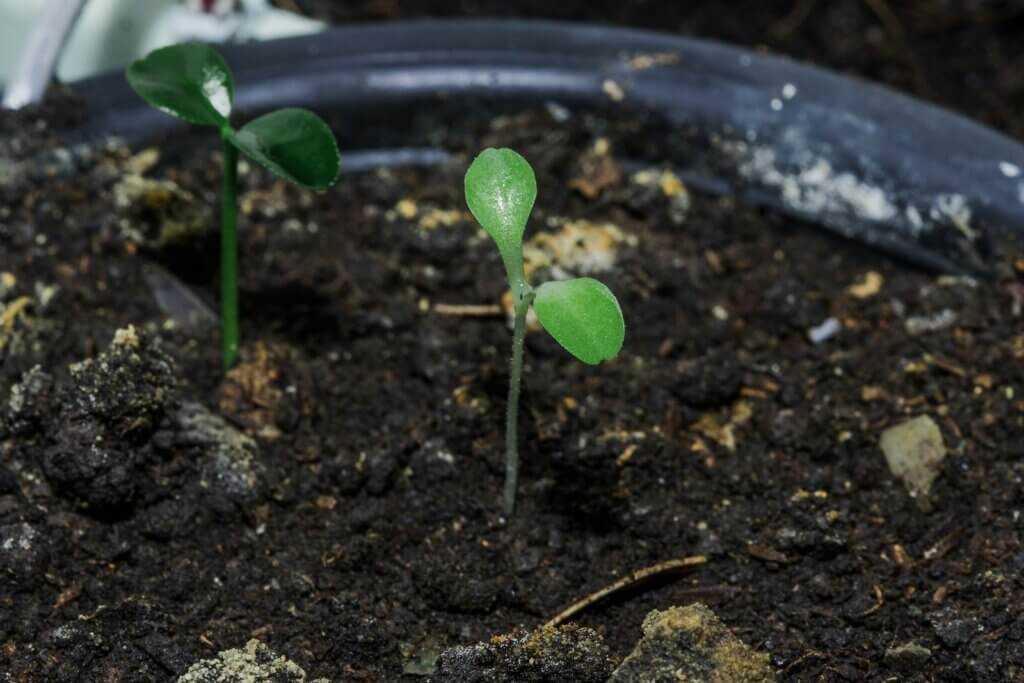
Seedlings are delicate and vulnerable plants that require proper protection in order to thrive and reach their full potential. There are several reasons why it is important to protect seedlings:
- Protection from extreme weather conditions: Seedlings are more susceptible to damage from extreme temperatures, strong winds, and heavy rain. Providing shelter or covering them with protective materials such as plastic or fabric can shield them from these harsh environmental factors.
- Prevention of pest and animal damage: Seedlings are attractive targets for pests and animals, including slugs, snails, insects, and small mammals. Protecting seedlings with barriers like fences, netting, or plant collars can deter these pests and prevent them from causing harm.
- Minimizing competition from weeds: Weeds can compete with seedlings for nutrients, water, and sunlight, which can hinder their growth. Mulching around seedlings can help suppress weed growth and provide a barrier between the seedlings and the weeds.
- Promotion of proper root development: Protecting seedlings can ensure that they have enough space for their roots to grow and establish a strong root system. This can be achieved by planting seedlings at the appropriate depth and spacing them correctly.
- Reducing transplant shock: If seedlings are overexposed or not adequately protected before transplanting them into the ground, they may experience transplant shock. Transplant shock can stunt growth or even lead to the death of the seedlings. Proper protection can help reduce the risk of transplant shock.
By protecting seedlings from various threats and providing them with optimal conditions, gardeners can improve their chances of successful growth and development. Taking the necessary precautions to protect seedlings ultimately contributes to a bountiful harvest and a thriving garden.
Understanding the Vulnerability
Seedlings are delicate and vulnerable young plants that require proper care and attention to ensure their successful growth. They are at a critical stage in their development and can easily be affected by various environmental factors. It is important to understand their vulnerability in order to give them the best possible conditions for healthy growth.
1. Sensitivity to Temperature
Seedlings are highly sensitive to temperature fluctuations, especially extreme cold or heat. Exposure to cold temperatures can damage the young plants and significantly slow down their growth. On the other hand, excessive heat can lead to wilting and dehydration.
It is essential to provide the seedlings with a controlled environment where the temperature is within the optimal range for their growth. This can be achieved by using techniques such as greenhouse cultivation or providing a shaded area to protect them from direct sunlight.
2. Susceptibility to Pests
Seedlings are more susceptible to pests and diseases compared to mature plants. Their tender leaves and stems provide an ideal breeding ground for insects and pathogens. Common pests that can attack seedlings include aphids, slugs, and snails.
Regular inspection and preventive measures should be taken to protect the seedlings from pests. This can involve using natural pest control methods, such as companion planting or introducing beneficial insects that prey on pests. Additionally, practicing good hygiene and maintaining cleanliness in the growing area can help prevent the spread of diseases.
3. Fragile Root Systems
Seedlings have delicate and underdeveloped root systems that are crucial for water and nutrient absorption. Planting them too early can disrupt the root growth and lead to transplant shock. This can stunt their growth or even cause them to die.
Before planting seedlings in the ground, it is important to ensure that their root systems are well-established and strong enough to support their growth. This can be determined by checking the presence of healthy root growth and observing the overall vigor of the seedlings.
4. Limited Nutrient Reserves
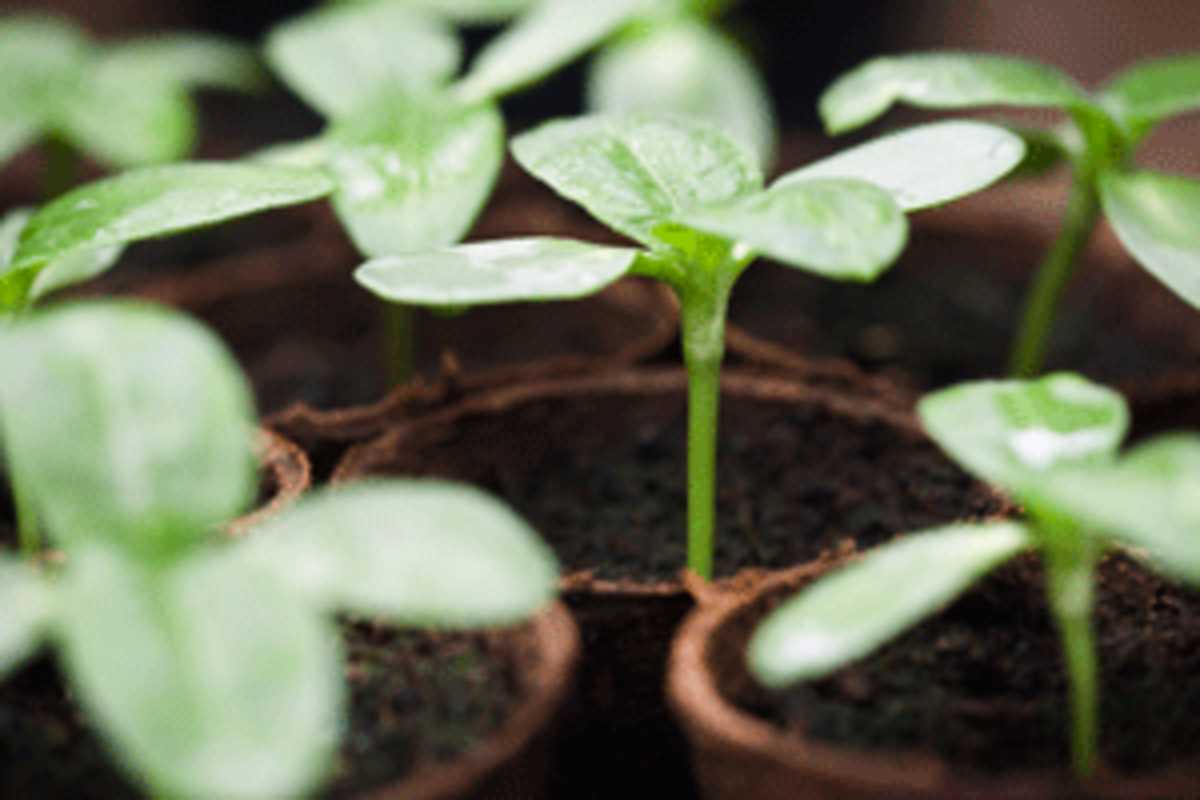
Seedlings rely on the nutrients provided in the soil for their initial growth. During this stage, they have limited nutrient reserves and require a consistent supply of essential elements for healthy development. Planting them in nutrient-rich soil ensures that they have access to the necessary resources.
It is recommended to prepare the soil before planting seedlings by incorporating organic matter or using fertilizers to improve its nutrient content. Regularly feeding the young plants with appropriate fertilizers can also prevent nutrient deficiencies and promote vigorous growth.
5. Transplanting Stress
Moving seedlings from their original containers to the ground can cause transplanting stress. This stress can result in temporary setbacks, as the young plants need time to readjust to their new environment.
To minimize transplanting stress, it is important to handle the seedlings carefully and ensure that they are transplanted at the right time with proper techniques. Providing adequate water and shading, and avoiding excessive exposure to direct sunlight or harsh weather conditions can help reduce stress and increase the chances of successful transplantation.
In conclusion, understanding the vulnerability of seedlings is crucial for their successful growth. By protecting them from temperature fluctuations, pests, and diseases, providing optimal growing conditions, and minimizing transplanting stress, seedlings can thrive and develop into healthy, mature plants.
Risks of Overexposure
1. Sunburn
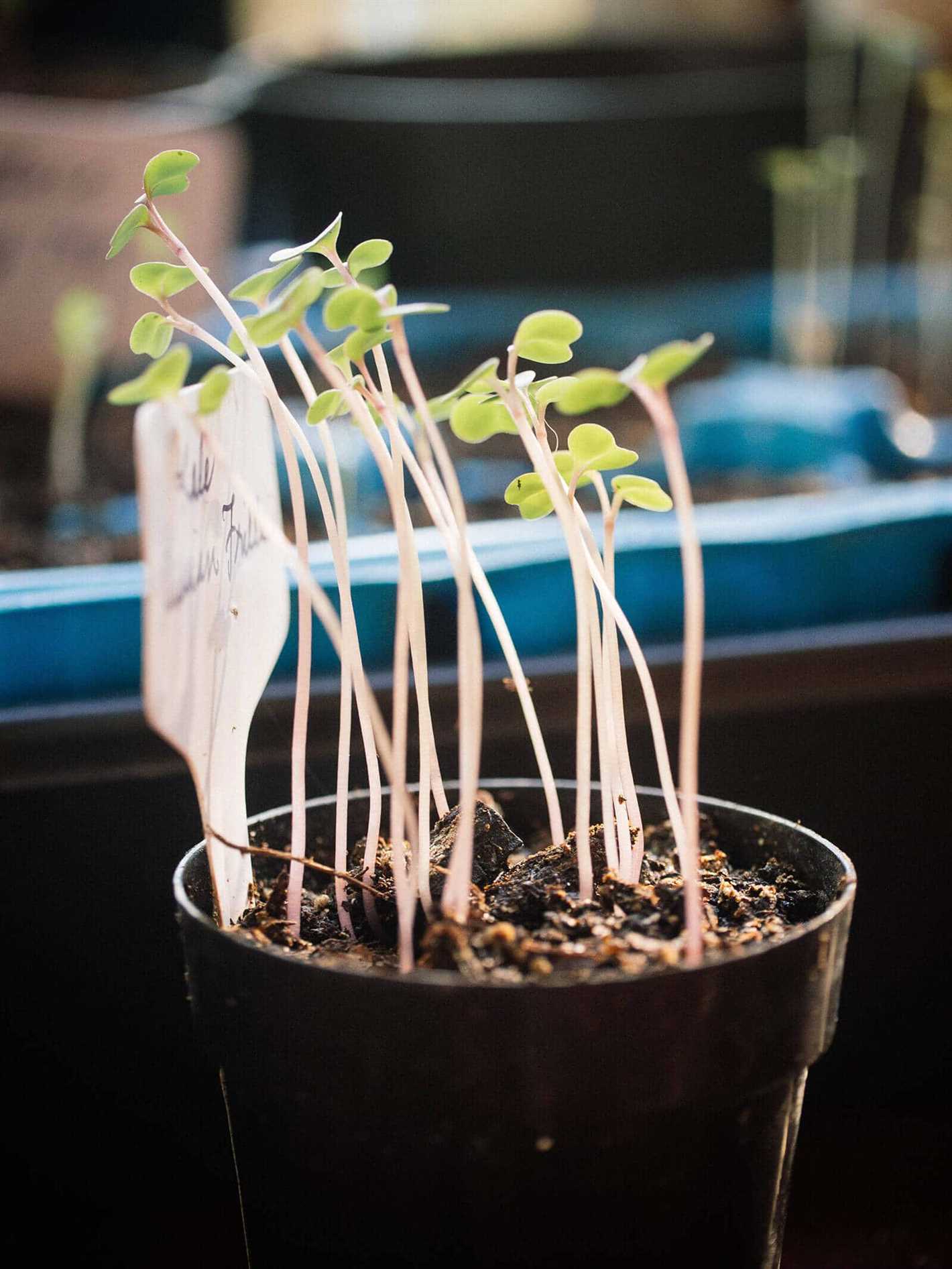
Just like humans, seedlings can get sunburned if they are exposed to intense sunlight for extended periods. Sunburn is most common in seedlings that have been started indoors or in protective environments and then suddenly exposed to direct sunlight outdoors. The leaves of sunburned seedlings may turn yellow or white and become crispy or wilted. In severe cases, the seedling may die.
2. Dehydration
Seedlings that are overexposed to sunlight can quickly lose moisture through their leaves, leading to dehydration. This is especially true if the seedlings are not yet fully established or if they are planted in containers with poor drainage. Dehydrated seedlings may develop droopy or wilted leaves, and the soil around their roots may become dry and compacted.
3. Heat stress
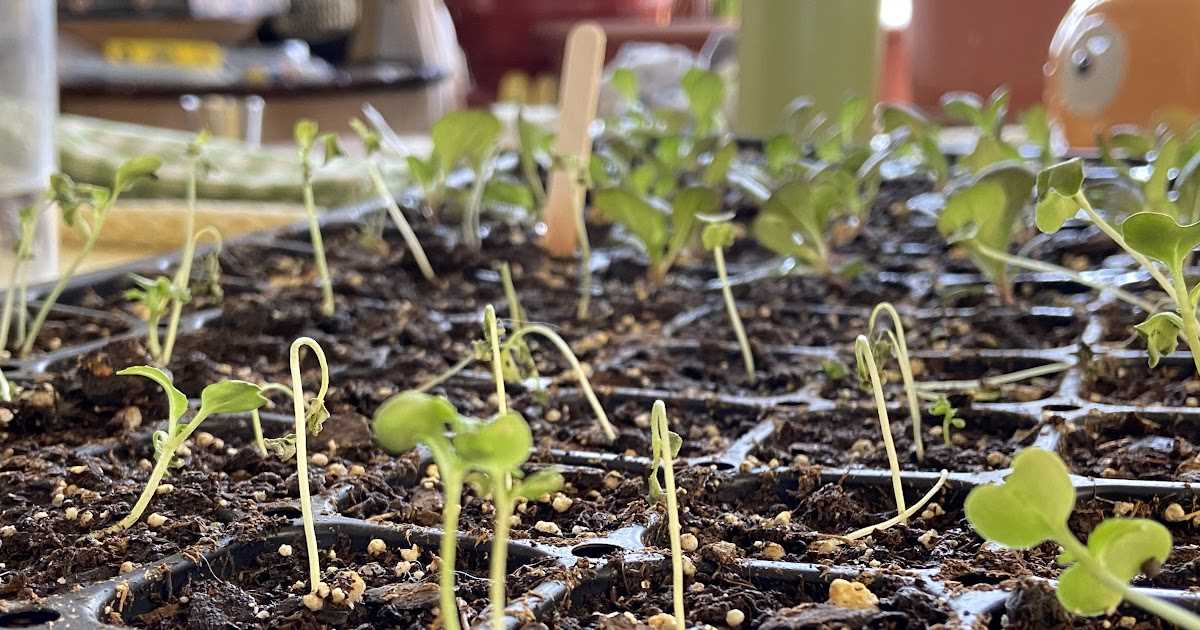
Overexposure to sunlight can also cause heat stress in seedlings. When temperatures rise above the optimum range for seedling growth, it can hinder their ability to take up water and nutrients from the soil. Heat-stressed seedlings may show signs of stunted growth, yellowing or browning of leaves, and reduced vigor. They may also become more susceptible to pests and diseases.
4. Transplant shock
If seedlings are overexposed to sunlight before they are ready to be planted in the ground, they may experience transplant shock when they are finally moved outdoors. Transplant shock can occur when there is a sudden change in environmental conditions, such as temperature, light, or moisture. This can cause the seedlings to struggle to establish their roots in the new location, leading to stunted growth or even death.
5. Seedling burnout
Overexposing seedlings to sunlight can also lead to seedling burnout. This occurs when the seedlings exhaust their energy reserves trying to cope with the excessive light and heat. Seedling burnout can result in weakened plants with reduced growth and productivity. In severe cases, the seedlings may die before they have a chance to reach maturity.
In conclusion, overexposing seedlings to sunlight comes with several risks, including sunburn, dehydration, heat stress, transplant shock, and seedling burnout. It is important to gradually acclimate seedlings to outdoor conditions and provide them with proper shade and moisture to ensure their successful transition into the ground.
Signs of Readiness for Planting
When it comes to transplanting seedlings into the ground, it is important to wait until they are ready. Here are some signs that indicate your seedlings are ready to be planted:
1. Strong Roots
Check the bottoms of your seedling containers for signs of strong root growth. If you see a healthy root system that has filled up most of the container, it’s a good indication that your seedlings are ready to be planted.
2. Healthy Stems
Inspect the stems of your seedlings. They should be strong and sturdy, without any signs of wilting or discoloration. Weak or floppy stems are a sign that your seedlings may not be strong enough to survive the transplanting process.
3. True Leaves
Seedlings initially develop cotyledons, which are the first set of leaves to emerge. However, these are not true leaves. True leaves come after the cotyledons and usually have a different shape and size. Once your seedlings have developed true leaves, they are more resilient and ready to be planted in the ground.
4. Weather Conditions

Consider the current and upcoming weather conditions before planting your seedlings. If there is still a risk of frost or cold temperatures, it is best to wait until the weather has stabilized. Seedlings are more vulnerable to cold temperatures and may not survive if exposed to frost.
5. Hardening Off

Before planting your seedlings in the ground, it is important to harden them off. This process involves gradually acclimating the seedlings to outdoor conditions by exposing them to increasing amounts of sunlight, wind, and temperature changes. Once the seedlings have successfully gone through the hardening off process, they are ready to be planted.
6. Transplant Shock
Seedlings may experience transplant shock when they are moved from the controlled environment of indoor growing to the outdoor conditions. It is important to monitor your seedlings for any signs of transplant shock, such as wilting, yellowing leaves, or slowed growth. If your seedlings show these signs, it may be an indication that they are not yet ready to be planted.
By paying attention to these signs, you can ensure that your seedlings are ready for planting in the ground. This will increase their chances of survival and give them the best start for healthy growth.
Strong Root Development
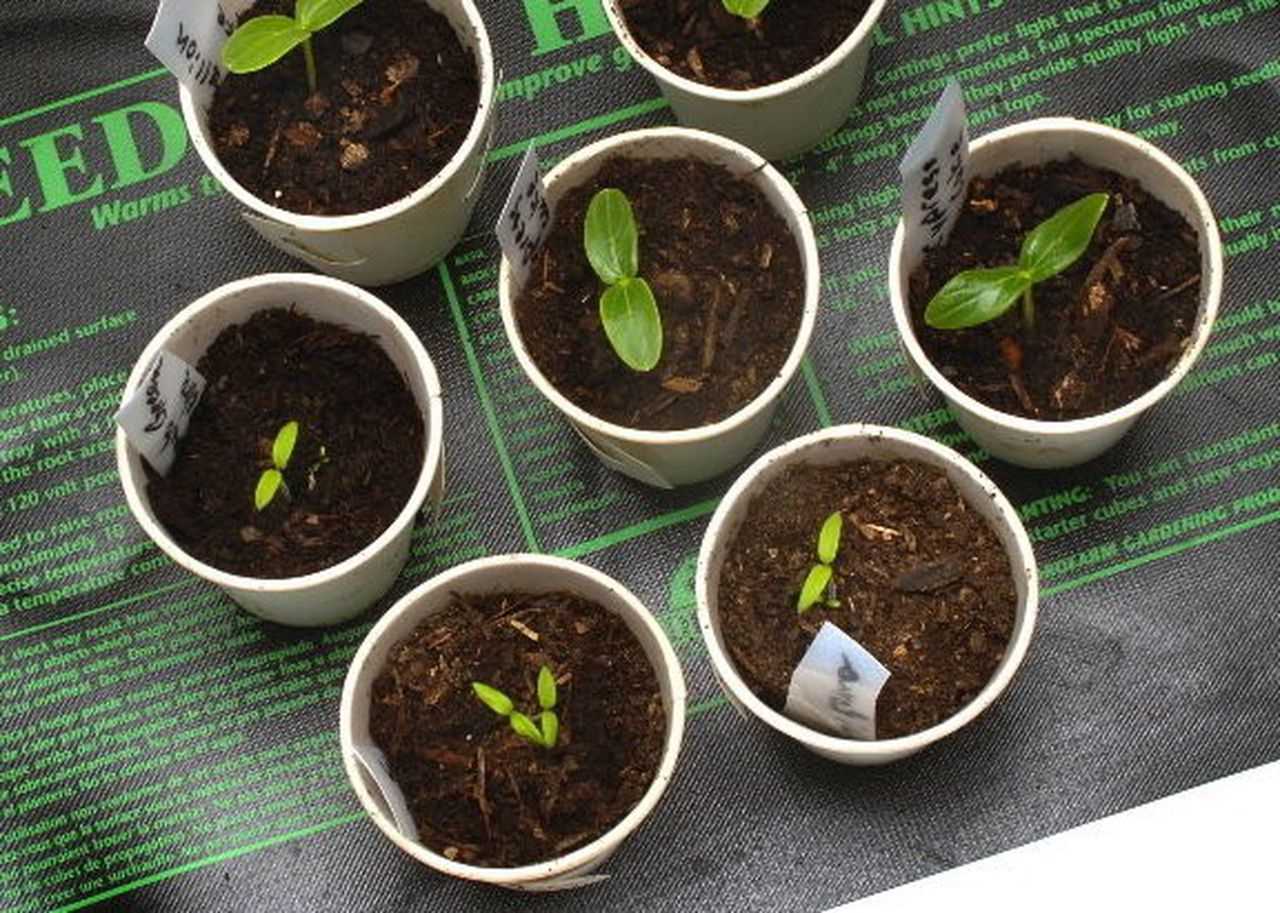
One of the most important reasons why seedlings should not be overexposed is to promote strong root development. When seedlings are kept indoors for too long, their roots may become weak and undersized, making it difficult for them to establish themselves in the ground.
Strong roots are crucial for the overall health and growth of plants. They provide a solid foundation and help plants absorb water and nutrients from the soil. Additionally, healthy roots can anchor plants firmly in the ground, preventing them from being easily uprooted by strong winds or heavy rain.
When seedlings are exposed to the right amount of sunlight and fresh air, their roots are stimulated to grow and penetrate deeper into the soil. This allows the plants to access water and nutrients that are essential for their survival and development.
Transplanting seedlings with strong root systems into the ground increases their chances of survival and success. These plants are better equipped to withstand environmental challenges and are more likely to thrive in their new outdoor environment.
It is important to monitor the root development of seedlings before planting them in the ground. Healthy seedlings should have well-developed, white roots that spread evenly throughout the soil. They should also have a sufficient number of roots to support their growth. Seedlings with weak or stunted roots should be given more time to develop before being planted.
Overall, by avoiding overexposure and ensuring strong root development, gardeners can set their seedlings up for success and help them thrive in the outdoor environment.
Established Stem Growth
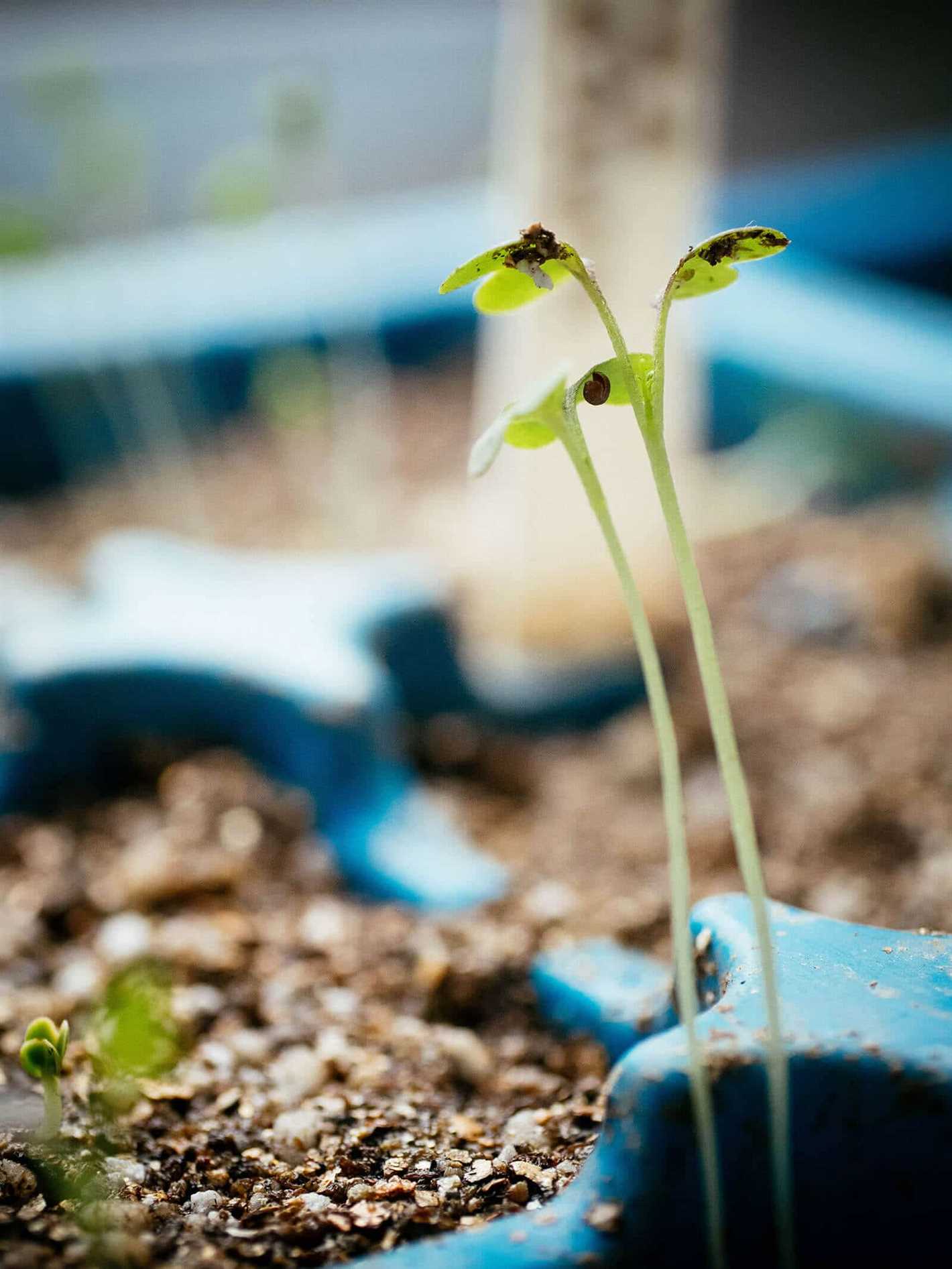
One of the signs that your seedlings are ready to be planted in the ground is when they show established stem growth. This indicates that the seedlings have developed a strong and sturdy stem that can support their growth as they are exposed to outdoor conditions. Here are some key indicators of established stem growth:
- Thick and firm stems: The stems of mature seedlings should be thicker than when they were first planted. Gently press your fingers around the stem to check if it feels firm and stable. A weak and flimsy stem may indicate that the seedling is not yet ready for transplanting.
- Visible growth rings: As seedlings grow, they develop growth rings or nodes along their stems. These rings indicate the stages of growth the seedling has gone through and are a sign that the stem is becoming stronger and more established.
- No signs of wilting: Healthy seedlings with established stem growth should not show any signs of wilting or drooping. Wilting can be a sign of insufficient root development or weak stem growth, both of which indicate that the seedling is not yet ready for planting.
It is important to note that not all seedlings will show established stem growth at the same time. Different plant species and varieties have different growth rates, so some seedlings may take longer to develop strong stems than others. Patience is key when determining if your seedlings are ready to be planted in the ground.
| Factor | Consideration |
|---|---|
| Outdoor conditions | Ensure that the outdoor temperature and weather conditions are suitable for transplanting before moving your seedlings. |
| Root development | Check if the seedlings have a healthy root system that can support their growth in the ground. |
| Size and leaf development | Consider the size and leaf development of the seedlings. They should be large enough and have enough leaves to withstand outdoor conditions. |
Adequate Leaf Growth

One of the signs that it’s time to plant seedlings in the ground is when they have achieved adequate leaf growth. Adequate leaf growth is an important indicator that the seedlings are ready to be transplanted and can adapt to the outdoor environment.
When seedlings have enough leaves, it shows that they have developed a strong root system and have enough energy to support themselves in the ground. The leaves act as the main source of energy through photosynthesis, converting sunlight into food for the plant.
But how do you determine if the leaf growth is adequate? Here are some signs to look for:
- Multiple leaves: The seedlings should have more than one set of true leaves. True leaves are the second pair of leaves that grow after the initial cotyledons, or seed leaves. Having multiple sets of leaves indicates that the plant is mature enough to be transplanted into the garden.
- Leaf size: The leaves should be of a reasonable size in proportion to the size of the seedling. If the leaves are too small or stunted, it may be a sign that the seedling is not getting enough nutrients or light and may need more time indoors.
- Healthy color: The leaves should have a vibrant, healthy color, indicating that the plant is receiving adequate nutrients. If the leaves are pale or yellowish, it may be a sign of nutrient deficiency, and the seedling may need more time to grow before being planted in the ground.
Remember, it’s important not to overexpose seedlings to harsh outdoor conditions before they are ready. Adequate leaf growth is one of the key indicators that seedlings are strong enough to be planted in the ground and thrive in their new environment.
Ability to Withstand Environmental Stressors
One important reason why seedlings should not be overexposed is their ability to withstand environmental stressors. Seedlings are delicate and vulnerable to various environmental factors, such as extreme temperatures, strong winds, and excessive sunlight.
Exposing seedlings to these stressors for extended periods can have detrimental effects on their growth and survival. For example, extreme temperatures can damage the plant tissue and disrupt vital physiological processes. Similarly, strong winds can uproot or break the fragile stems, leading to irreparable damage. Excessive sunlight can cause sunburn and result in the wilting of seedlings.
It is crucial to protect seedlings from these stressors until they have developed enough resilience to withstand them. The time it takes for a seedling to become fully acclimated to its environment depends on the specific plant species and the prevailing conditions. However, as a general guideline, seedlings are ready to be planted in the ground when they have developed sturdy stems, multiple leaves, and healthy root systems.
- Sturdy stems: Seedlings with thin and weak stems are more prone to damage from wind and other external factors. Once the stems have thickened and become more rigid, the seedlings are better equipped to handle environmental stressors.
- Multiple leaves: Leaves play a vital role in photosynthesis, the process that provides energy for plant growth. The presence of multiple leaves indicates that the seedlings have enough foliage to generate energy and support their growth.
- Healthy root systems: Strong and well-developed root systems are essential for nutrient uptake and water absorption. Seedlings with healthy root systems are better able to tolerate drought conditions and establish themselves in the soil.
By waiting until seedlings have reached a sufficient level of resilience, gardeners can ensure that the plants have a higher chance of survival and successful growth in the ground. It is important to monitor the seedlings closely and provide appropriate care during the transition from indoor to outdoor conditions.
“Question-Answer”
What are seedlings?
Seedlings are young plants that have recently germinated from seeds and are in the early stages of growth.
Why is overexposure harmful for seedlings?
Overexposure to sunlight or other environmental factors can cause damage to the fragile young plants, leading to stunted growth or even death.
When should seedlings be planted in the ground?
Seedlings should be planted in the ground when they have developed a strong root system and are able to withstand the outdoor environment.
What are some signs that indicate it’s time to plant seedlings in the ground?
Some signs that indicate it’s time to plant seedlings in the ground include the appearance of true leaves, the roots becoming crowded in their containers, or the seedlings becoming too tall or leggy.
How can overexposed seedlings be saved?
If seedlings have been overexposed, they can be saved by gradually acclimating them to the outdoor conditions, providing shade or temporary shelter, and watering them adequately.
What types of seedlings are more sensitive to overexposure?
Generally, delicate seedlings such as tomatoes, peppers, and flowers are more sensitive to overexposure and require extra care when being transitioned to the outdoor environment.
Can seedlings be overexposed indoors?
Yes, seedlings can be overexposed even when kept indoors if they are placed in direct sunlight or in an environment with too much heat or humidity.







